The knight is a fascinating and unique piece in the game of chess, renowned for its distinctive movement and tactical prowess. Unlike other chess pieces that move in straight lines or diagonals, the knight has a special ability to jump over other pieces. This brings us to an interesting question often posed by beginners and enthusiasts alike: Can a knight move backwards in chess?
Understanding the Knight's Movement
The knight moves in an L-shape pattern, which can be described as moving two squares in one direction and then one square perpendicular to that direction, or vice versa. This movement can be visualized as creating an L on the chessboard. What makes the knight's movement particularly unique is its ability to leap over other pieces, regardless of whether they are friend or foe. This capability allows the knight to exhibit control over the board in a way that is uncharacteristic of other chess pieces.
Directionality of the Knight's Move
Given the L-shape pattern of its movement, the knight can move forwards, sideways, and, crucially, it can also move backwards. The direction does not restrict its ability to land on squares of the opposite color from where it started. This means that if a knight starts on a white square, it will finish its move on a black square, and vice versa.
In practical terms, the knight's ability to move backwards offers significant strategic advantages. This flexibility allows the knight to retreat and reposition effectively, defending key pieces or attacking from another angle. In the realm of chess tactics, a backward-moving knight can often catch an opponent off guard, particularly when retreating to support defensive maneuvers or launching a counterattack.
Examples of Backward Moves by Knights
To better illustrate the backward movement of a knight, consider a knight placed at the center of the board, for instance, on square e5. From here, the knight can move to d7, f7 (forward moves), c4, g4 (sideways moves), d3, f3 (backward moves), or back to its initial positions at c6 or g6 after making a circuit. Each of these moves adheres to the L-shaped pattern and shows the knight’s versatility in covering various parts of the board, including moving backwards.
Strategic Implications of the Knight's Backward Movement
The knight's backward move can be a powerful tool in both offensive and defensive strategies. For example, in defensive play, knights can retreat to rejoin other pieces and create a solid defensive structure or to cover critical escape squares for the king. Offensively, repositioning a knight to a previous position can open up opportunities for forks, discovered attacks, or other tactical plays that might not have been available from its more advanced position.
Conclusion
In conclusion, the knight can indeed move backwards in chess, and this ability is integral to its power on the board. The knight's unique movement capabilities enable it to control the game dynamically, executing both offensive and defensive strategies effectively. It remains one of the most unpredictable and versatile pieces in chess, capable of complex tactical maneuvers that can potentially decide the outcome of the game.
Explore our large collection of luxurious chess sets!

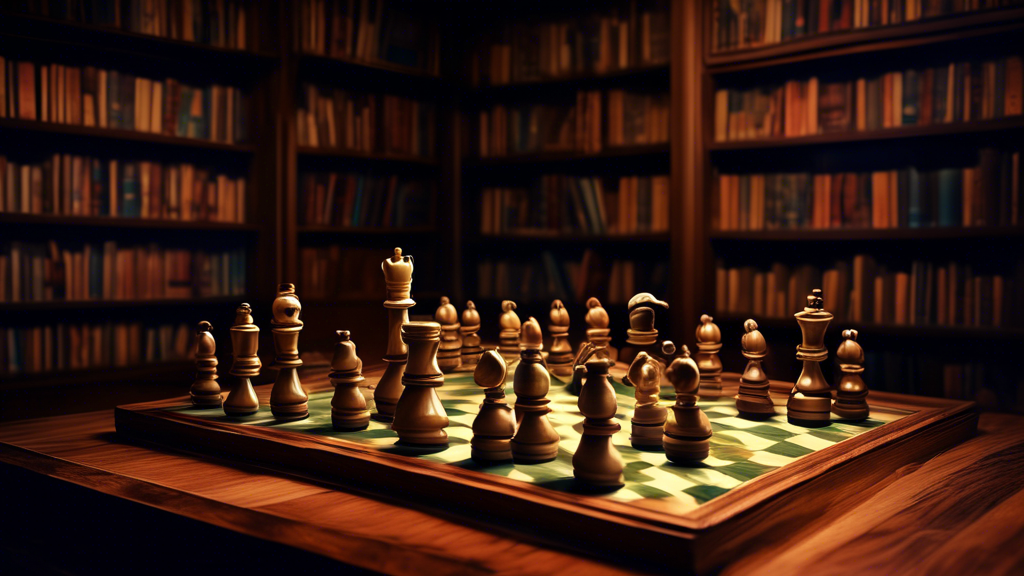
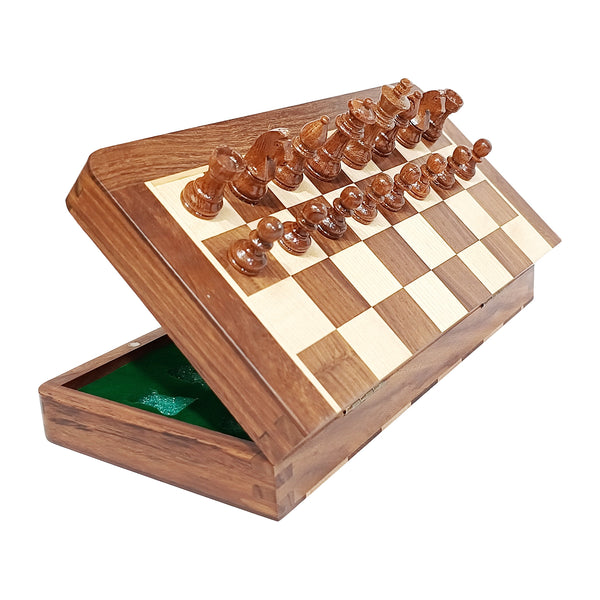
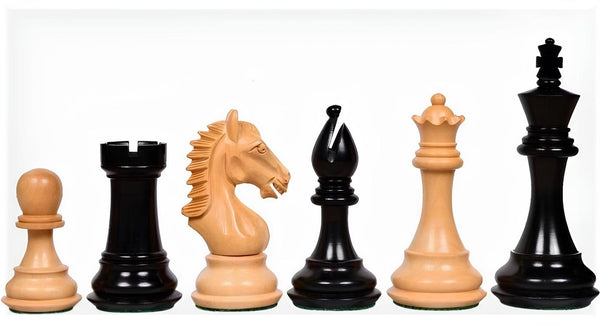

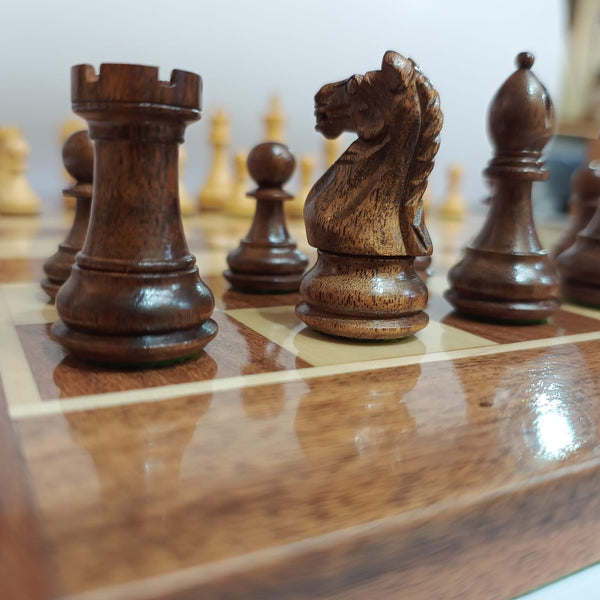
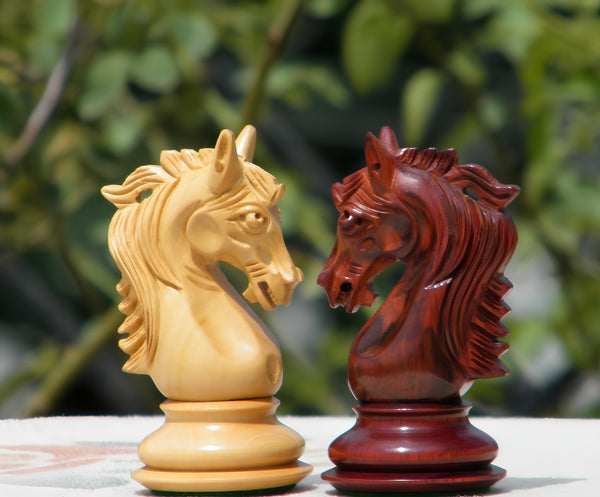
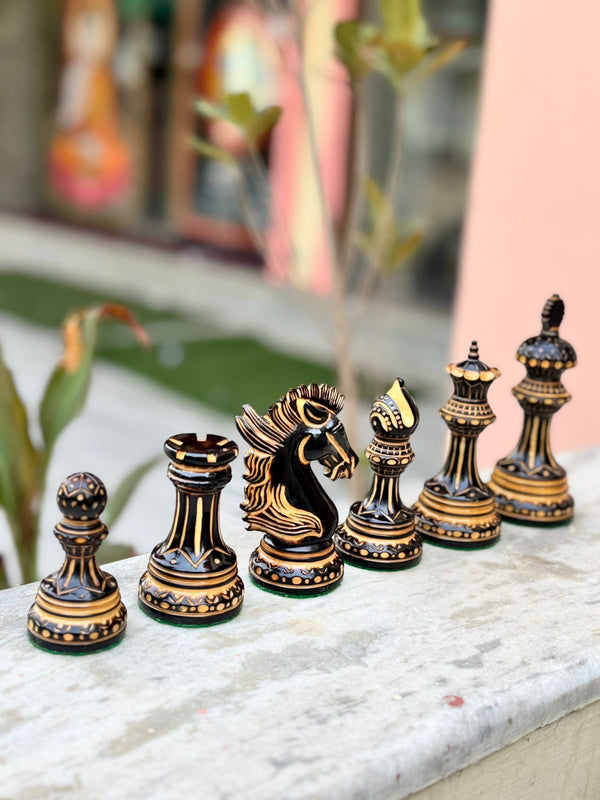






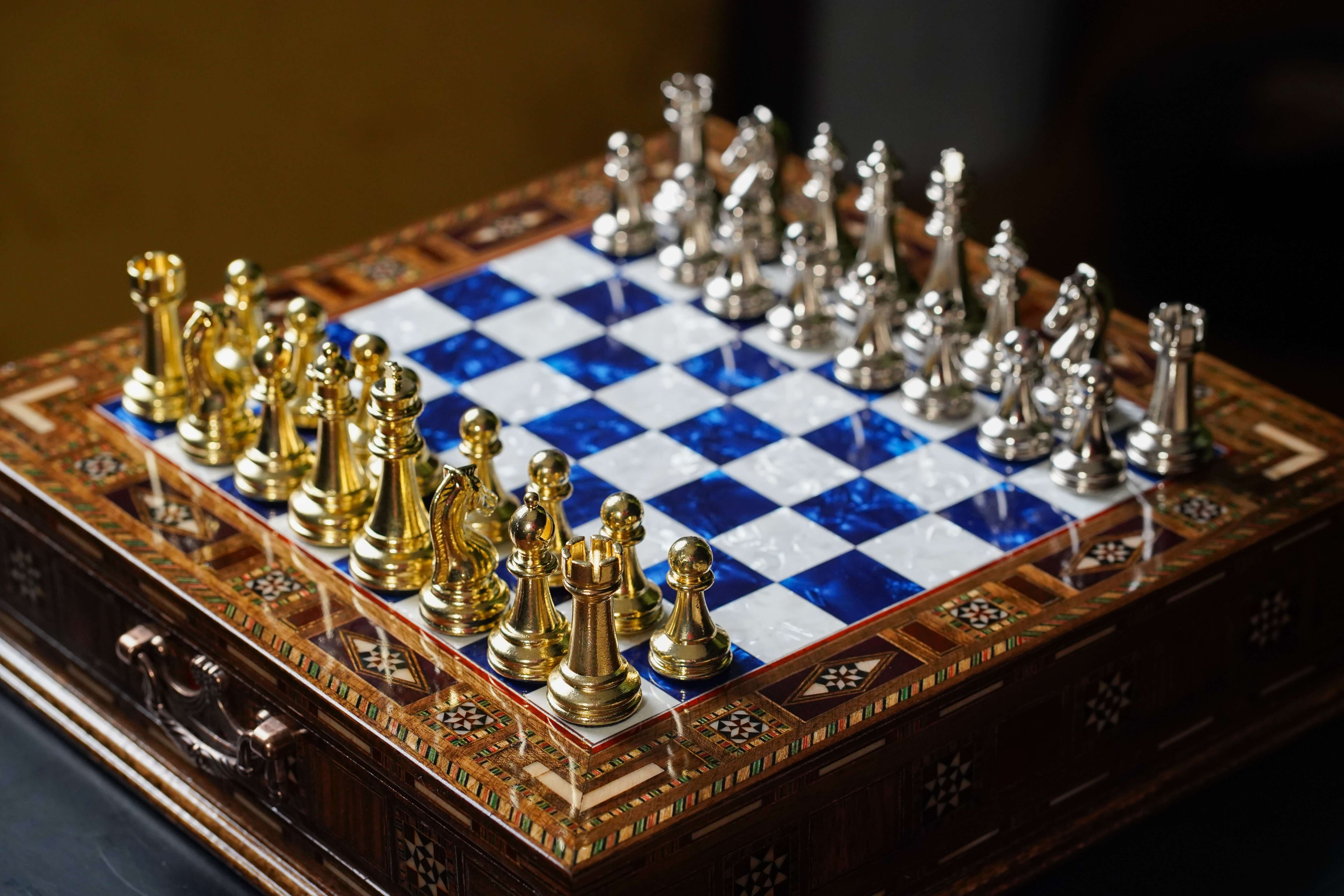
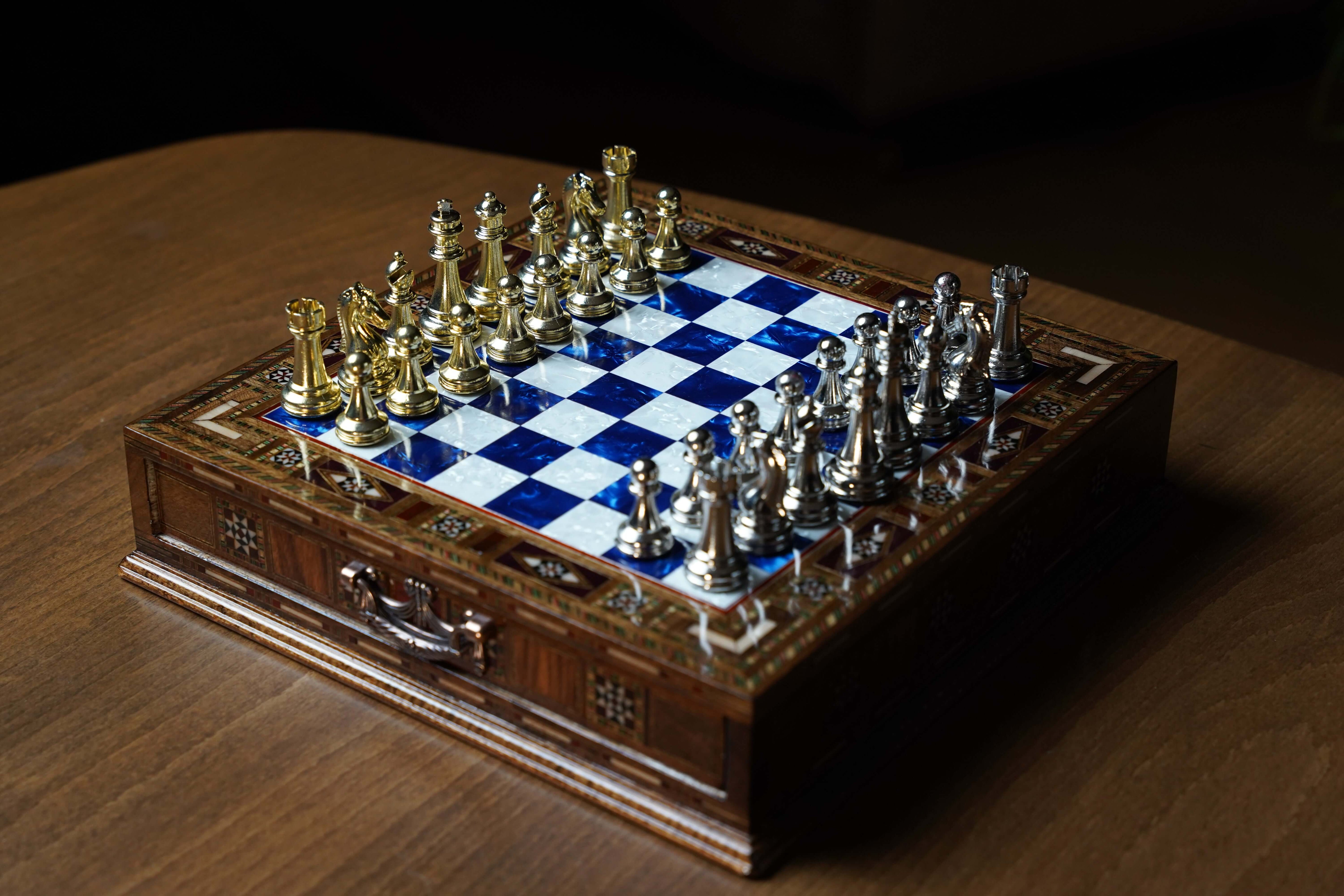
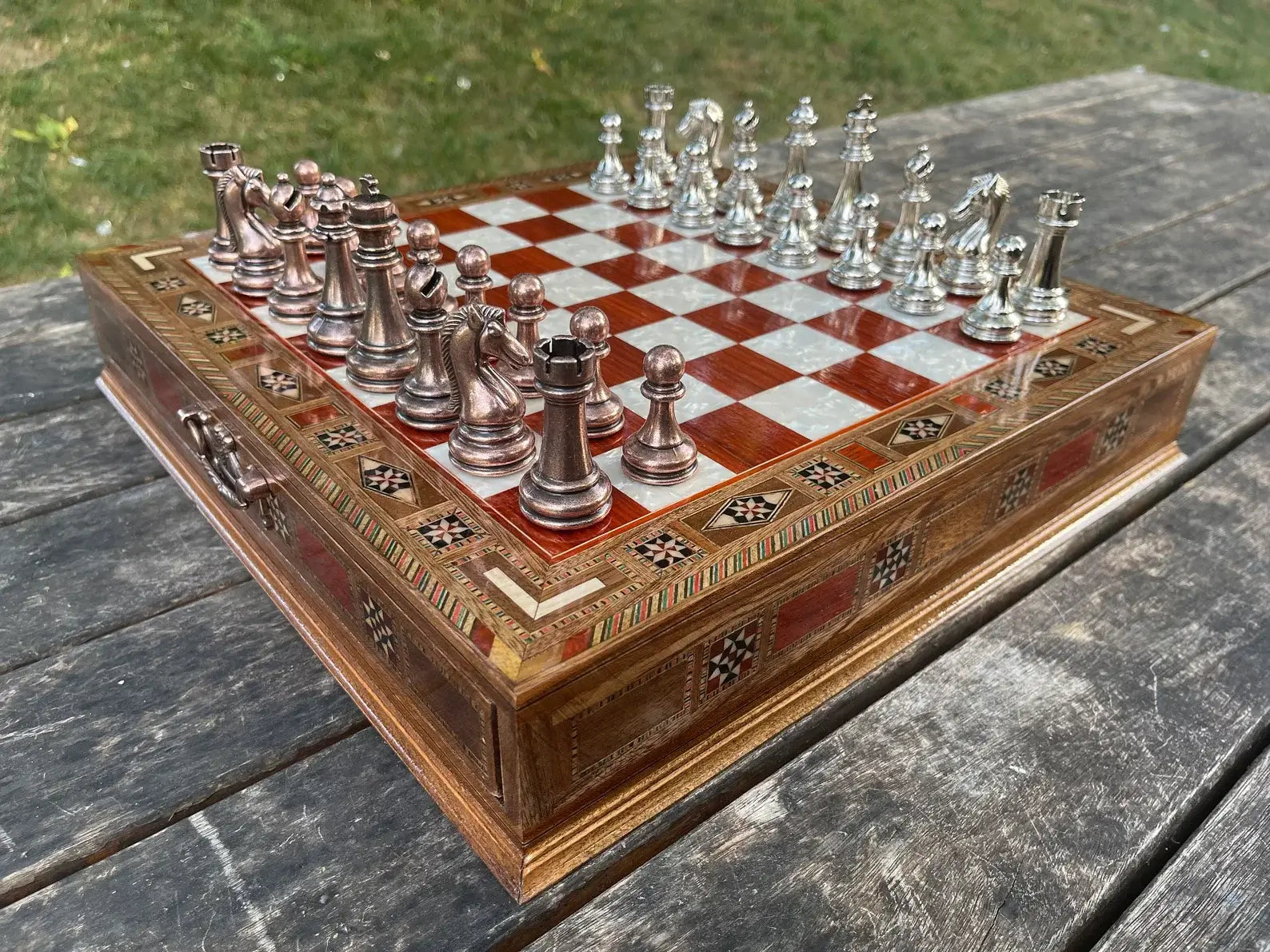
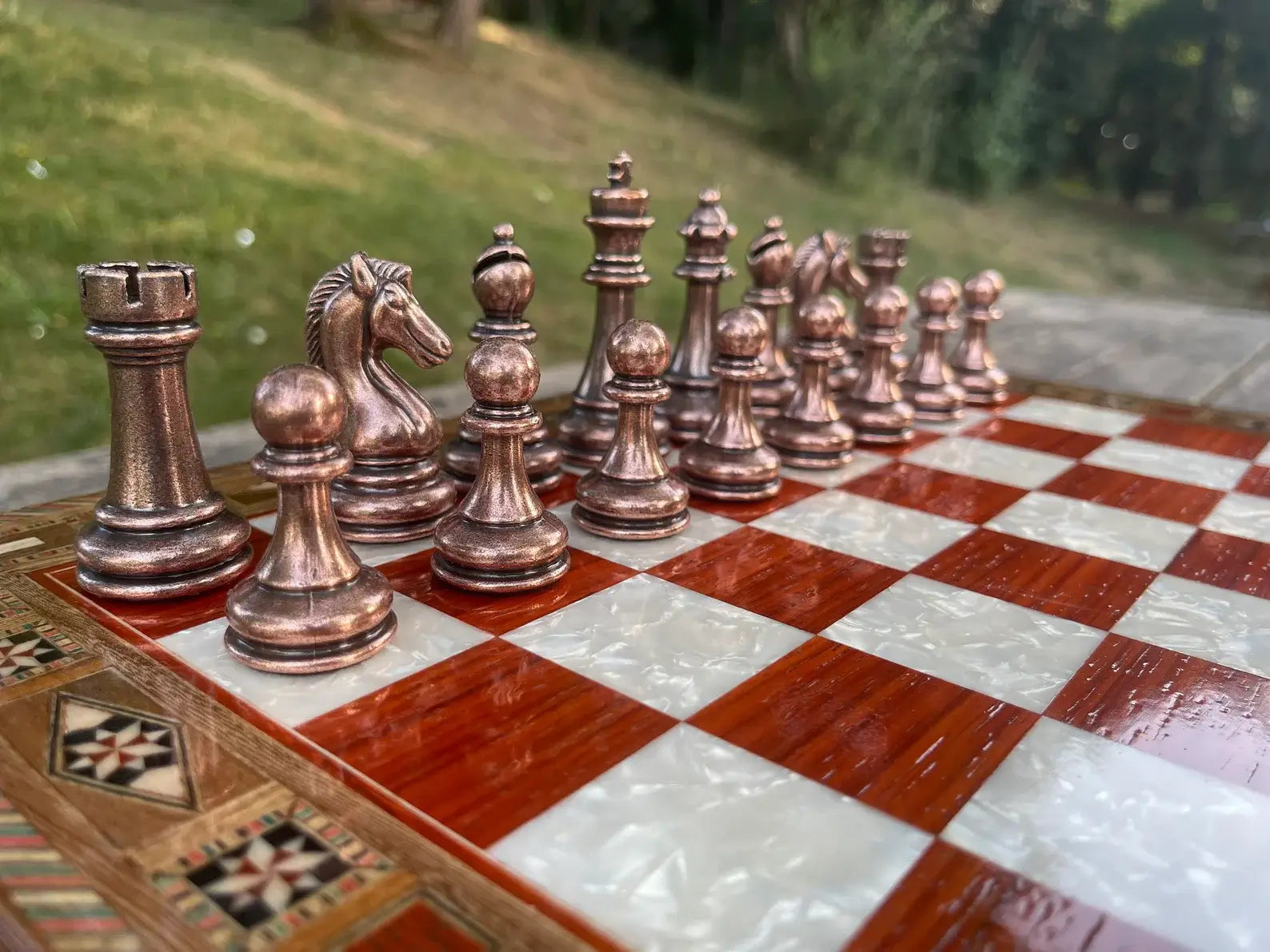
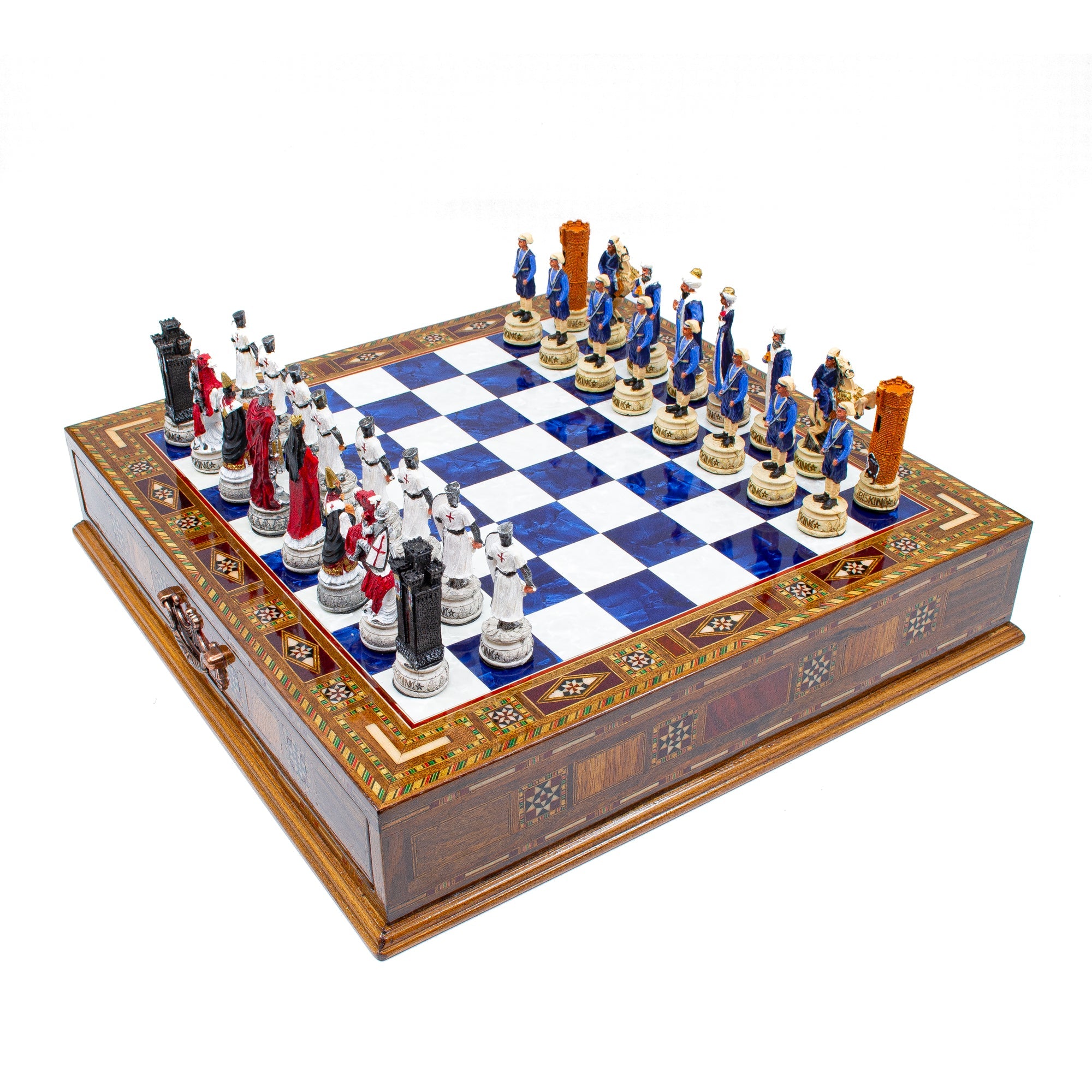
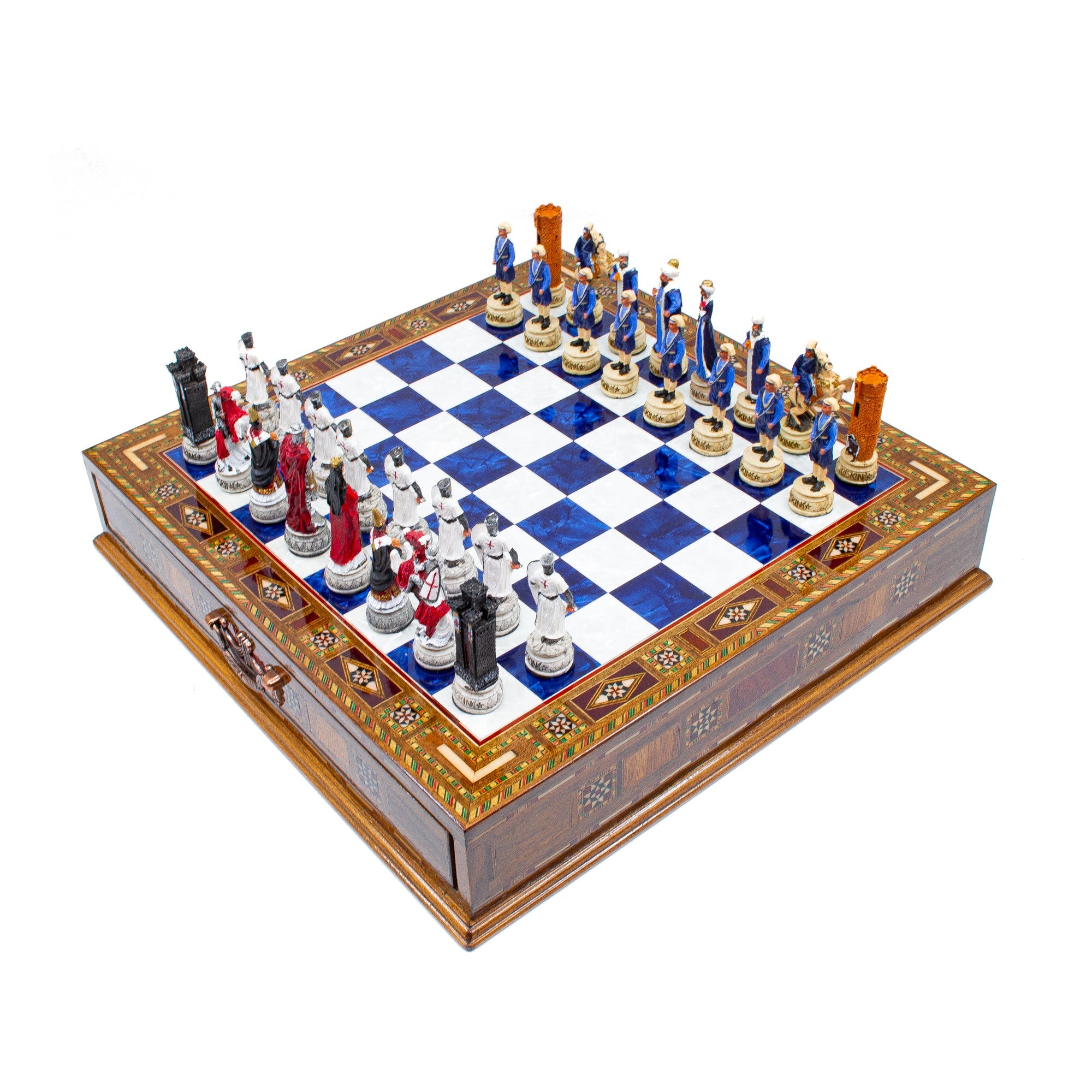
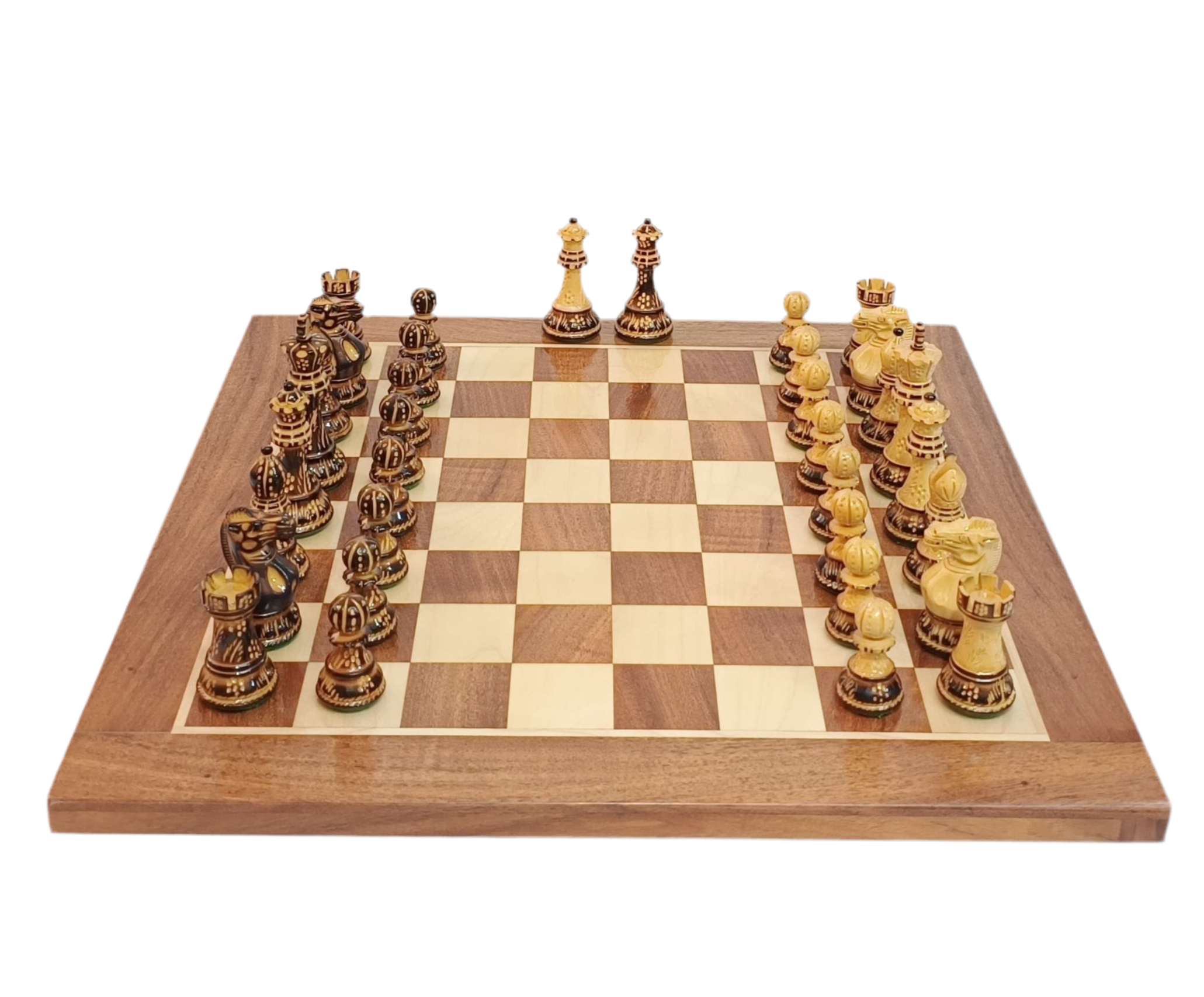
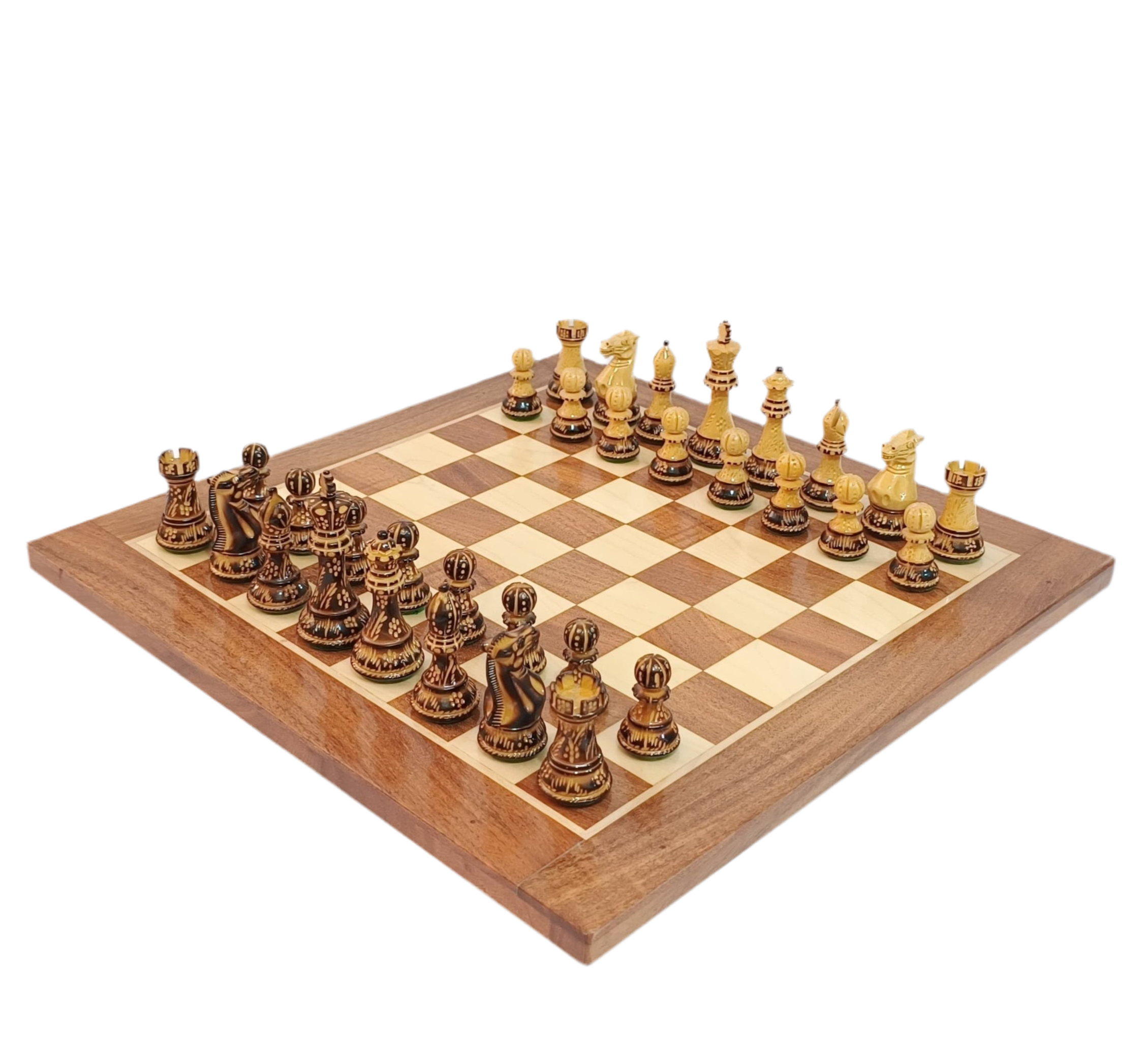
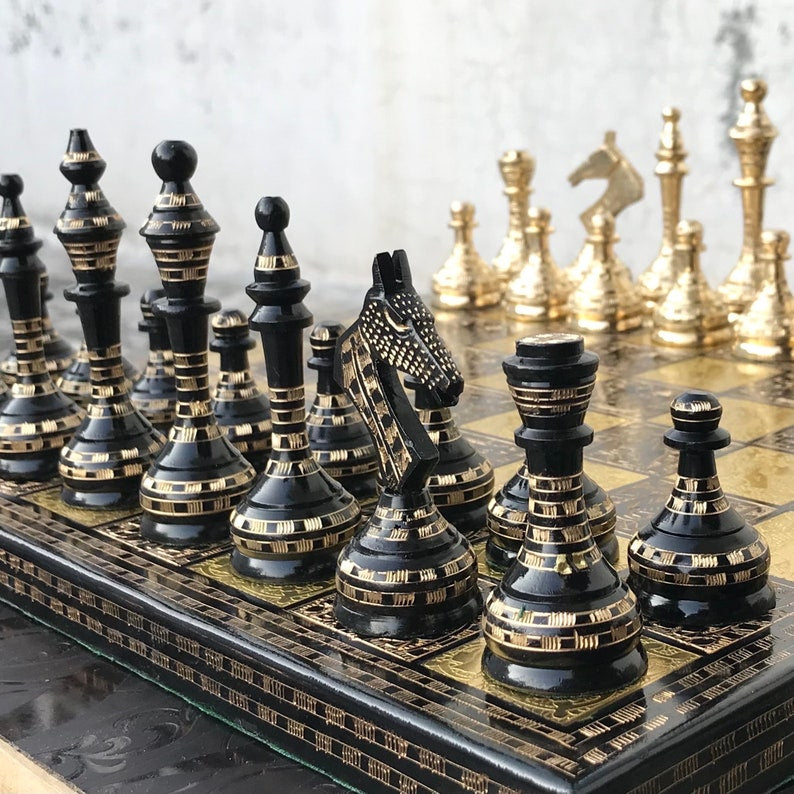
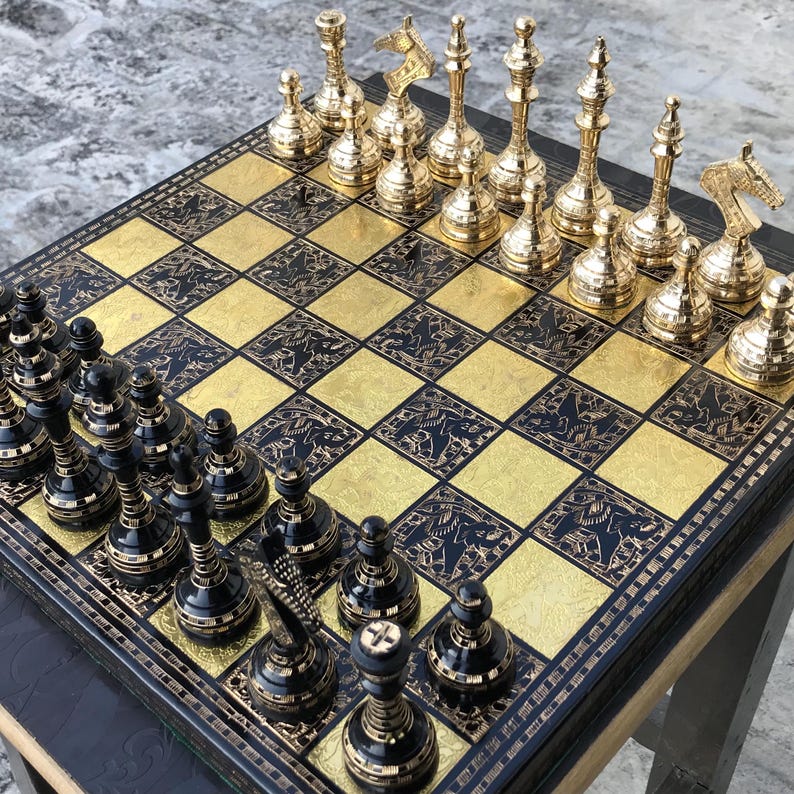
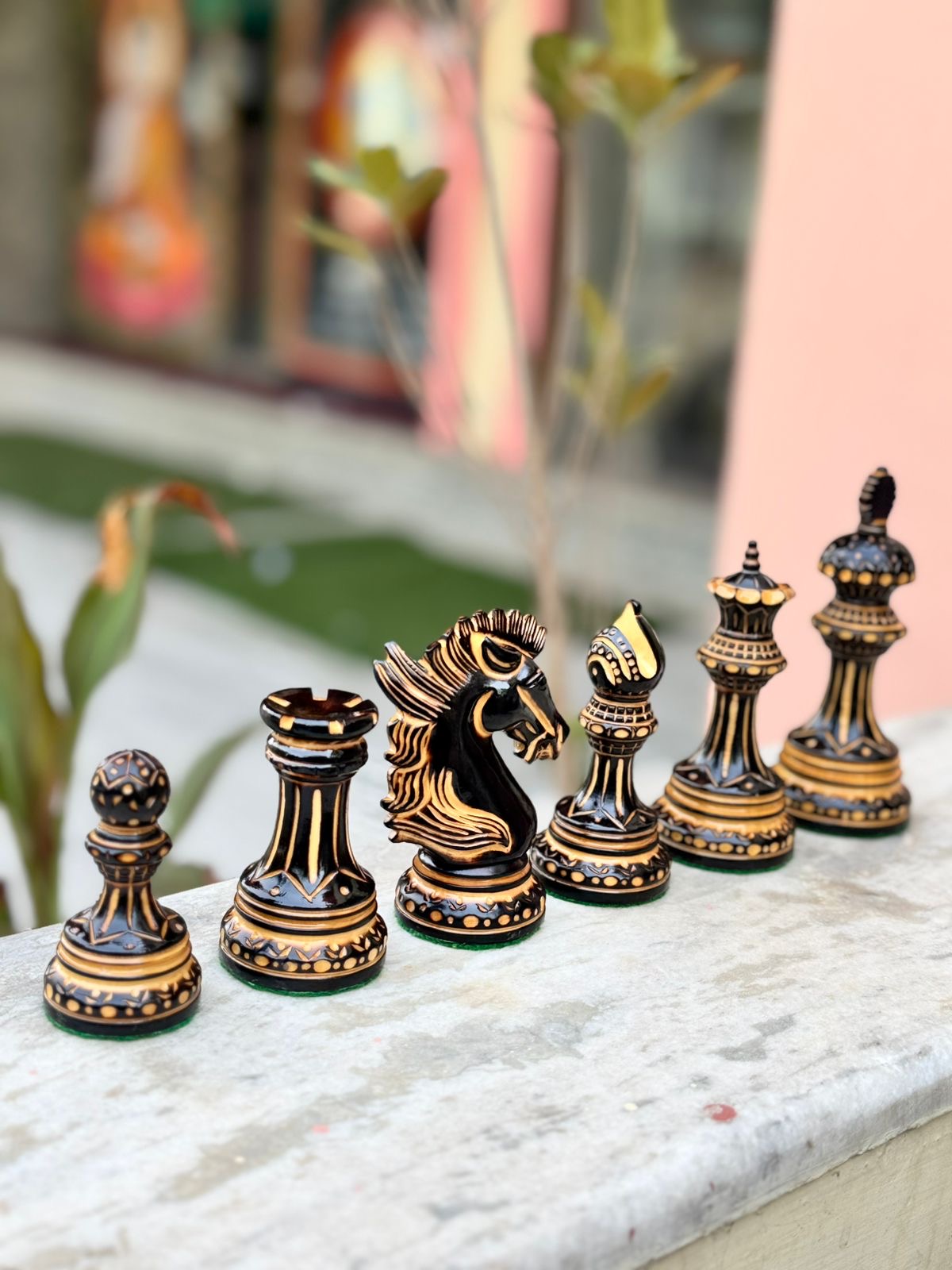

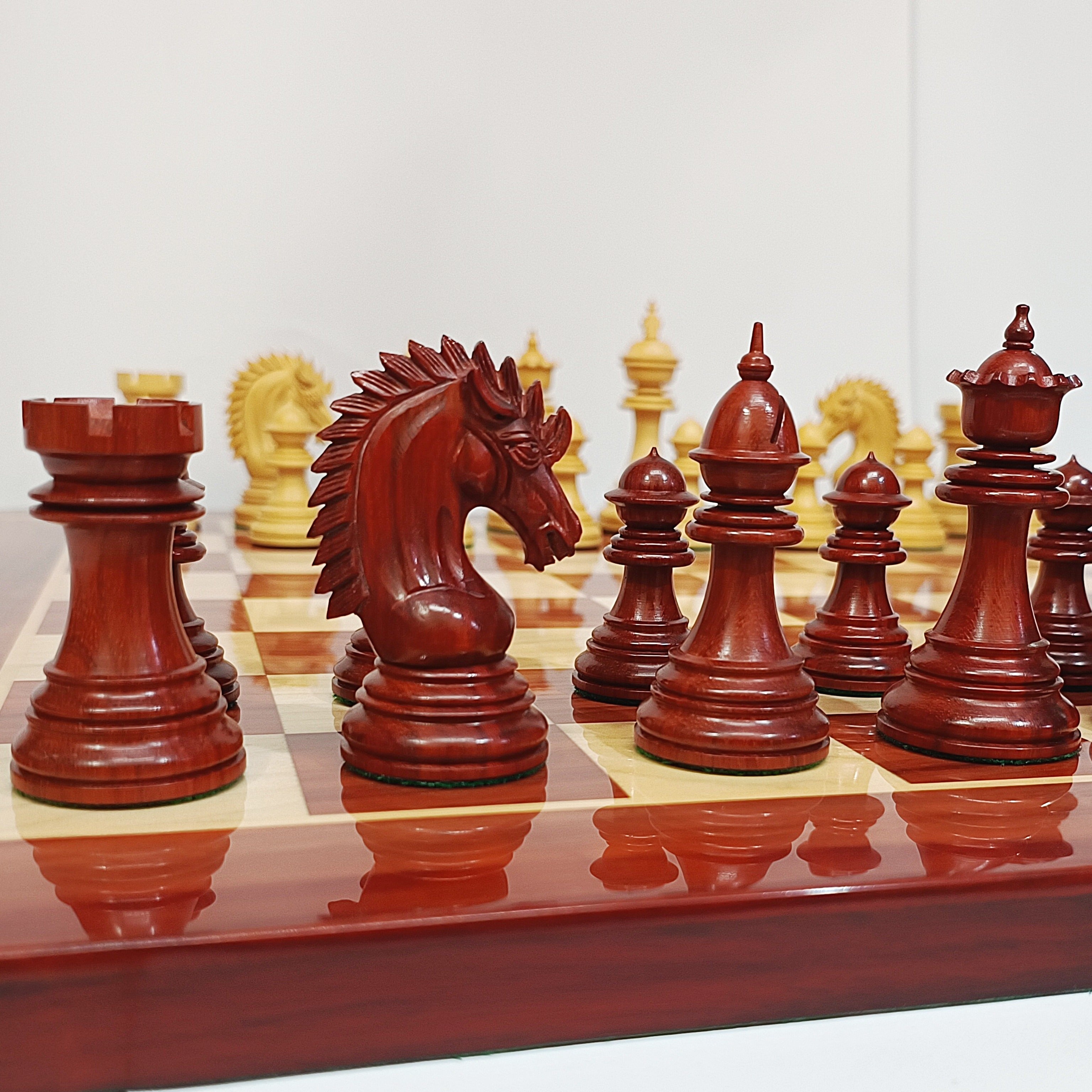
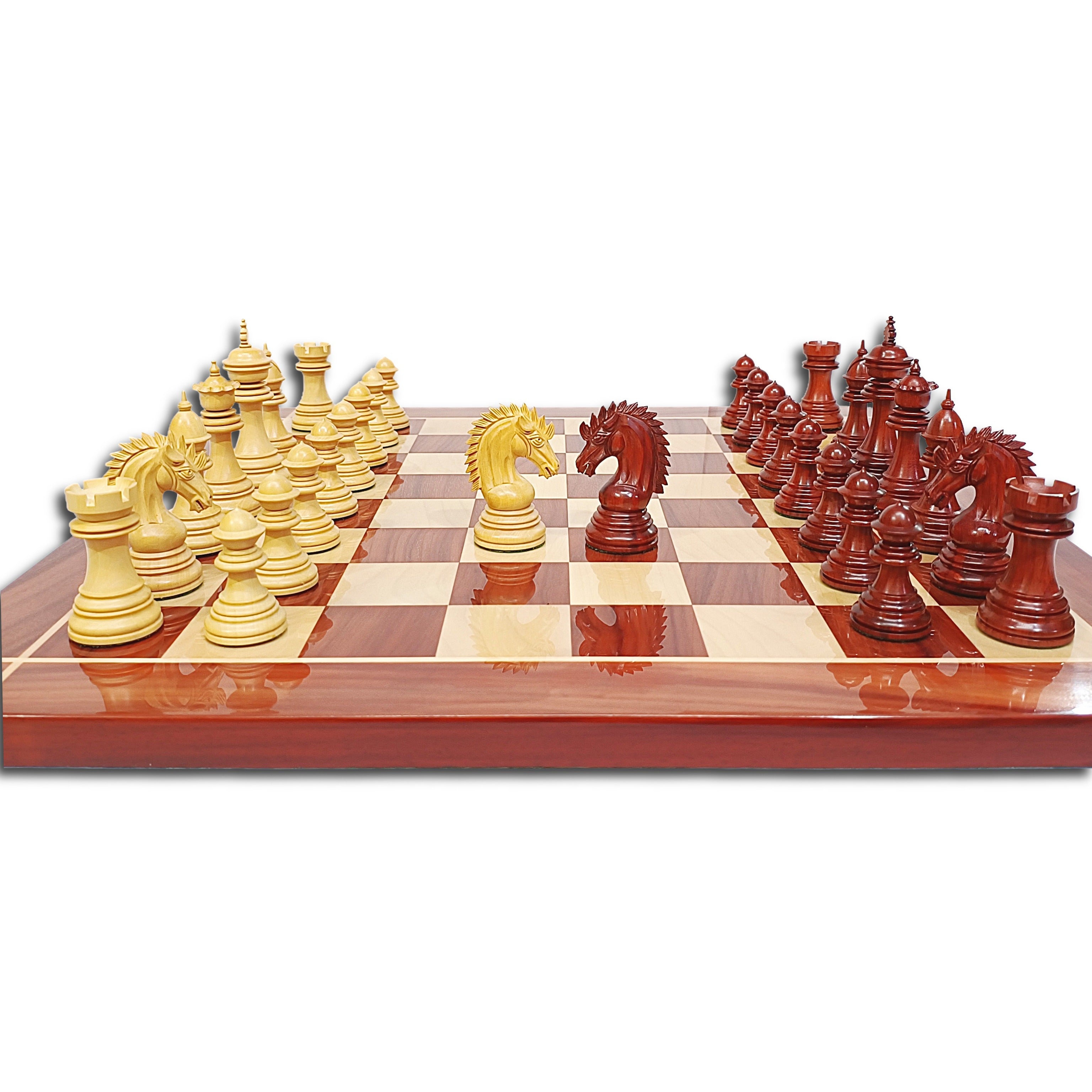

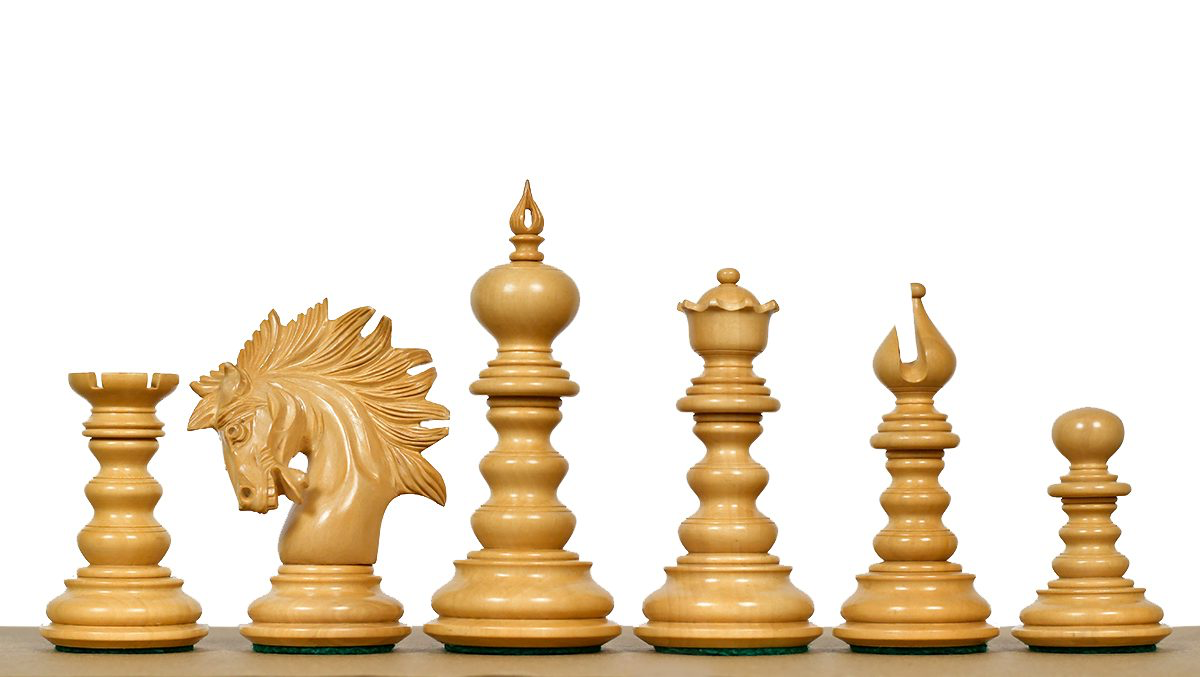
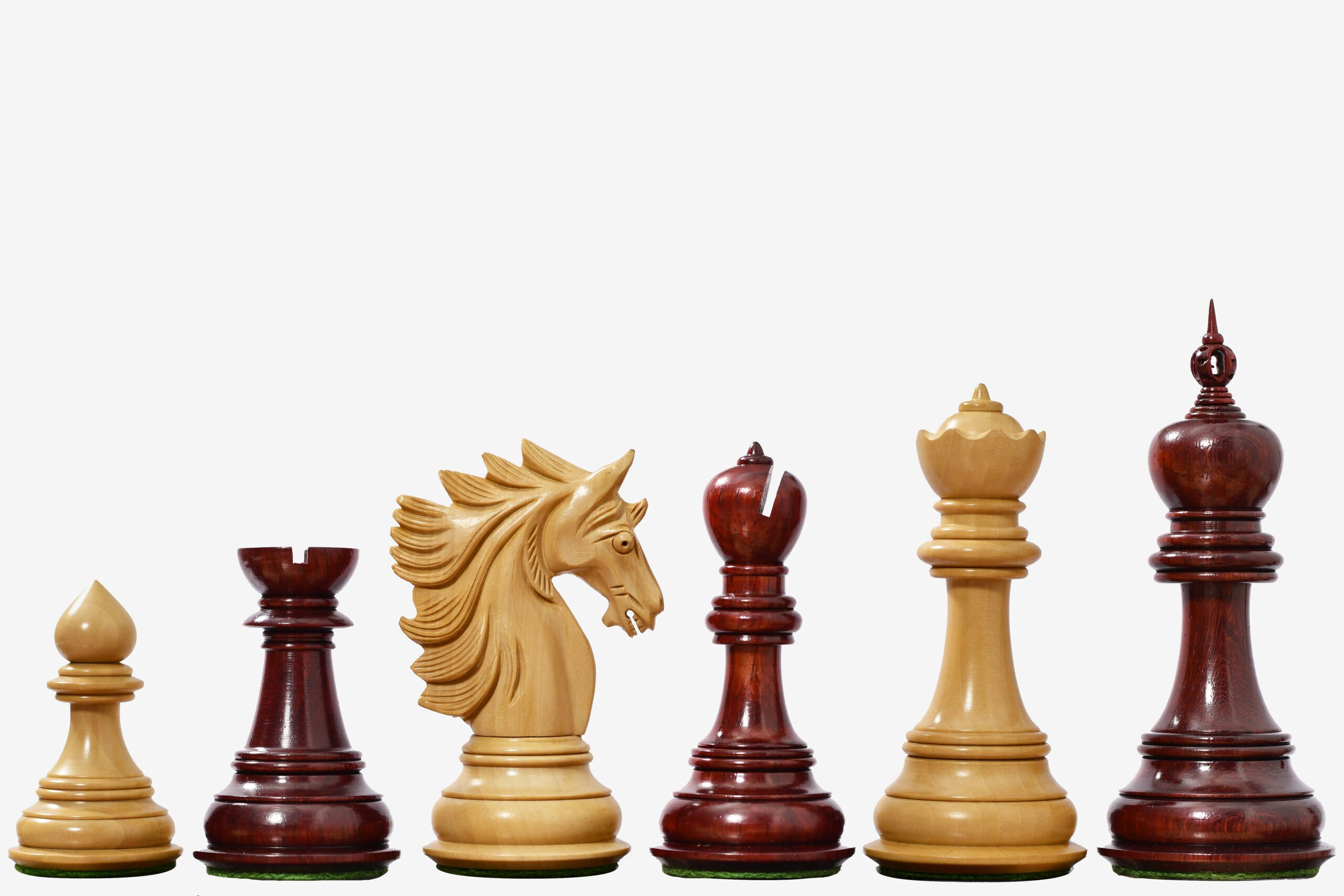
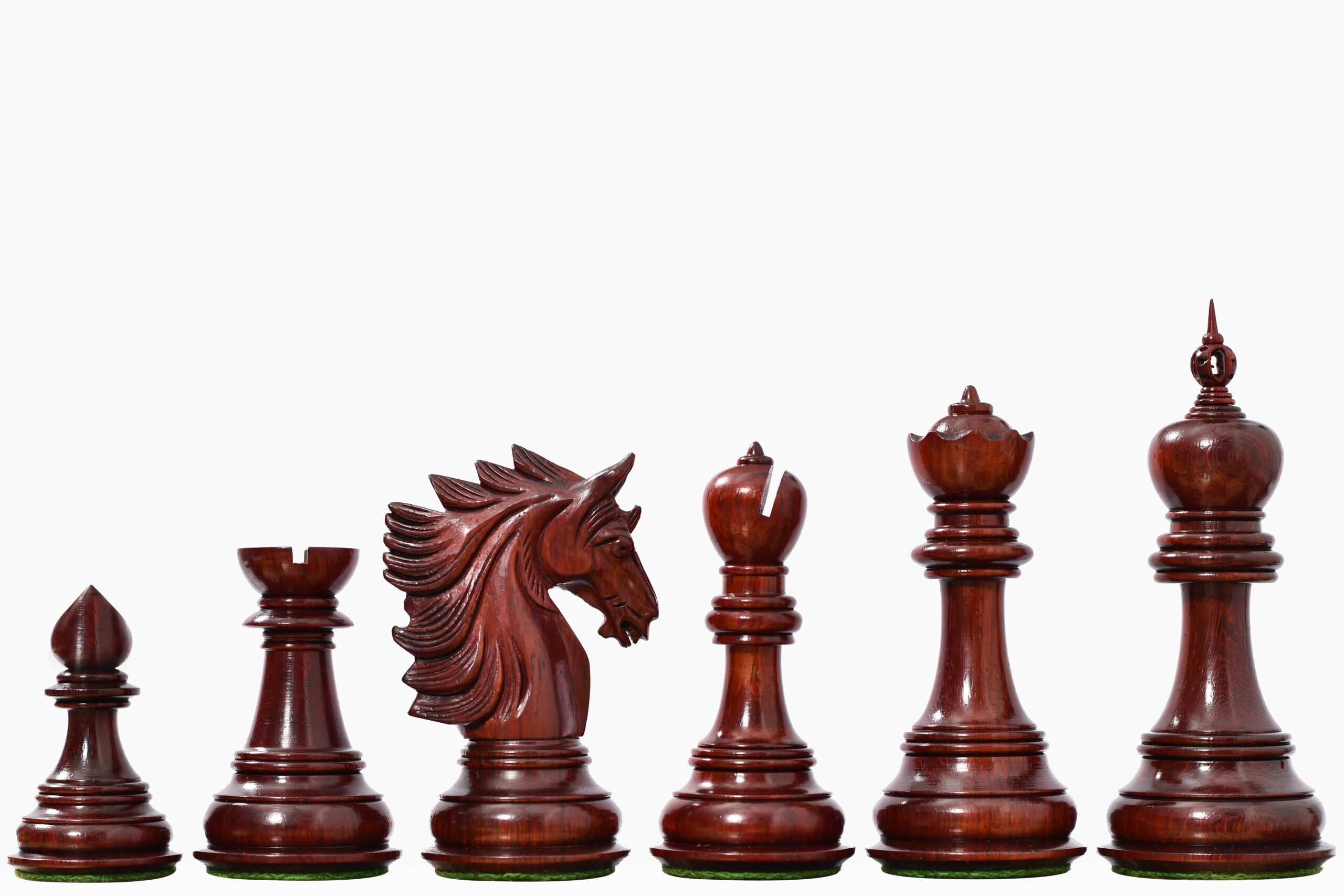
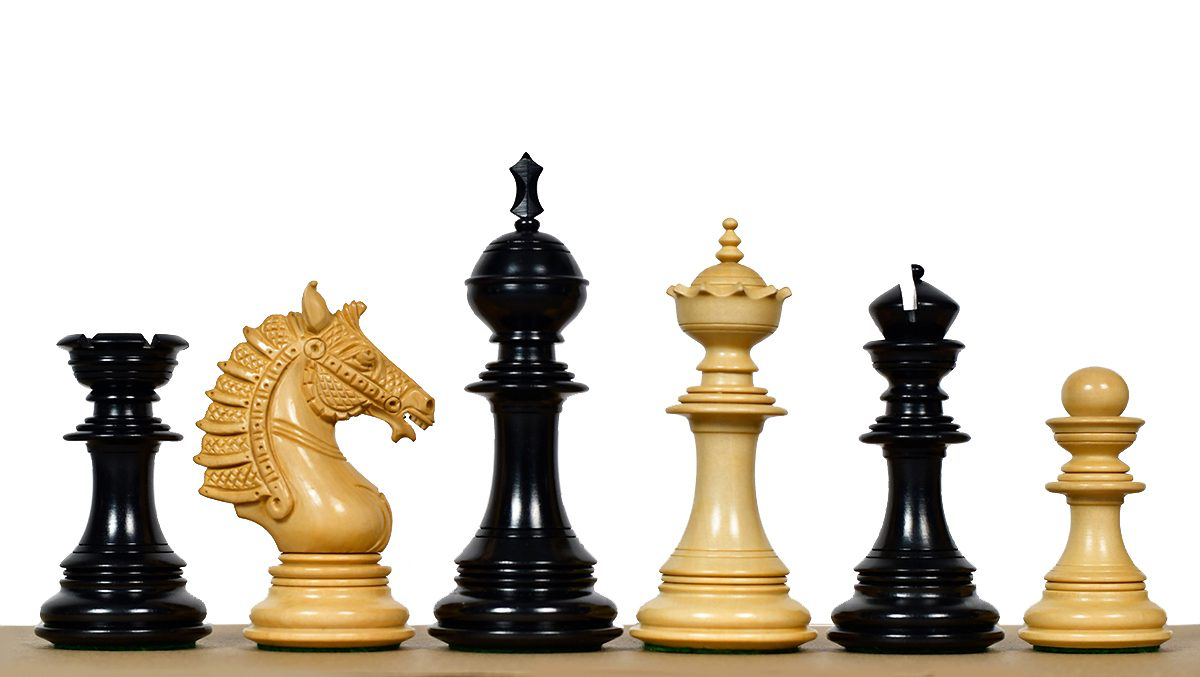
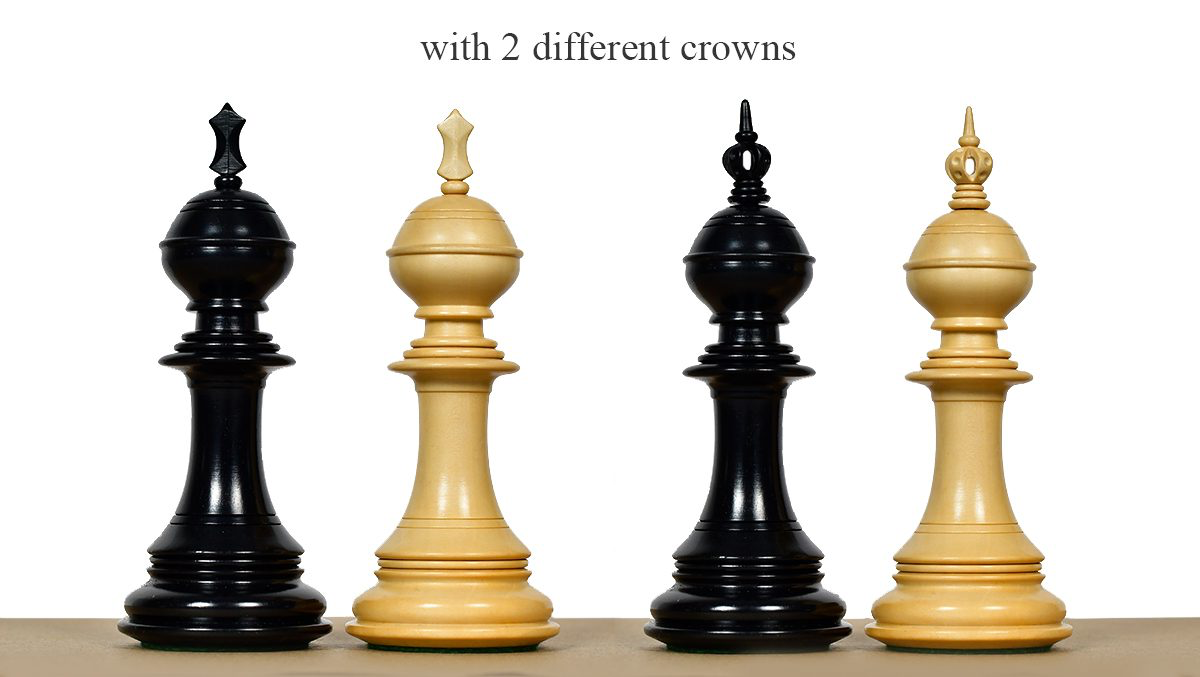
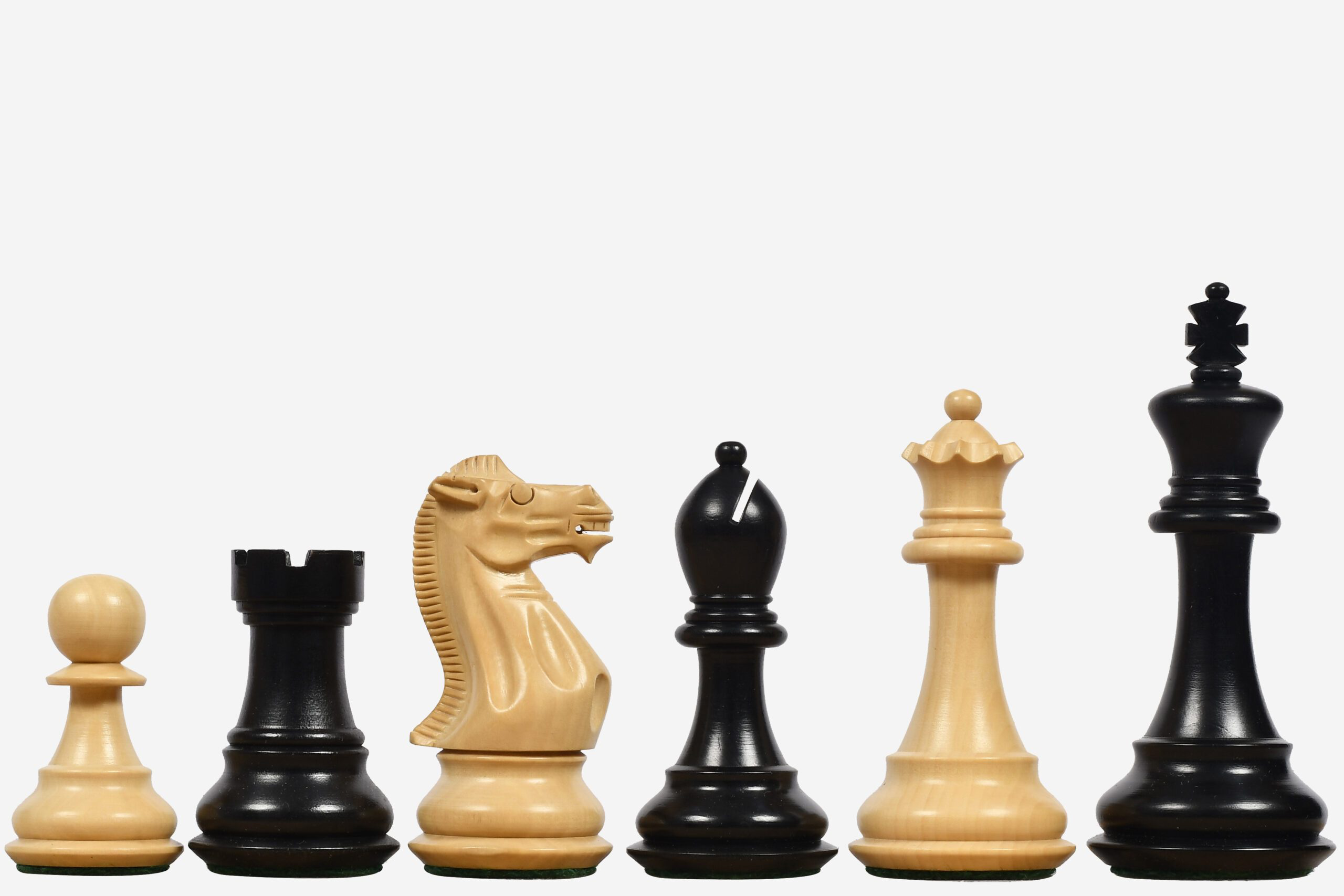
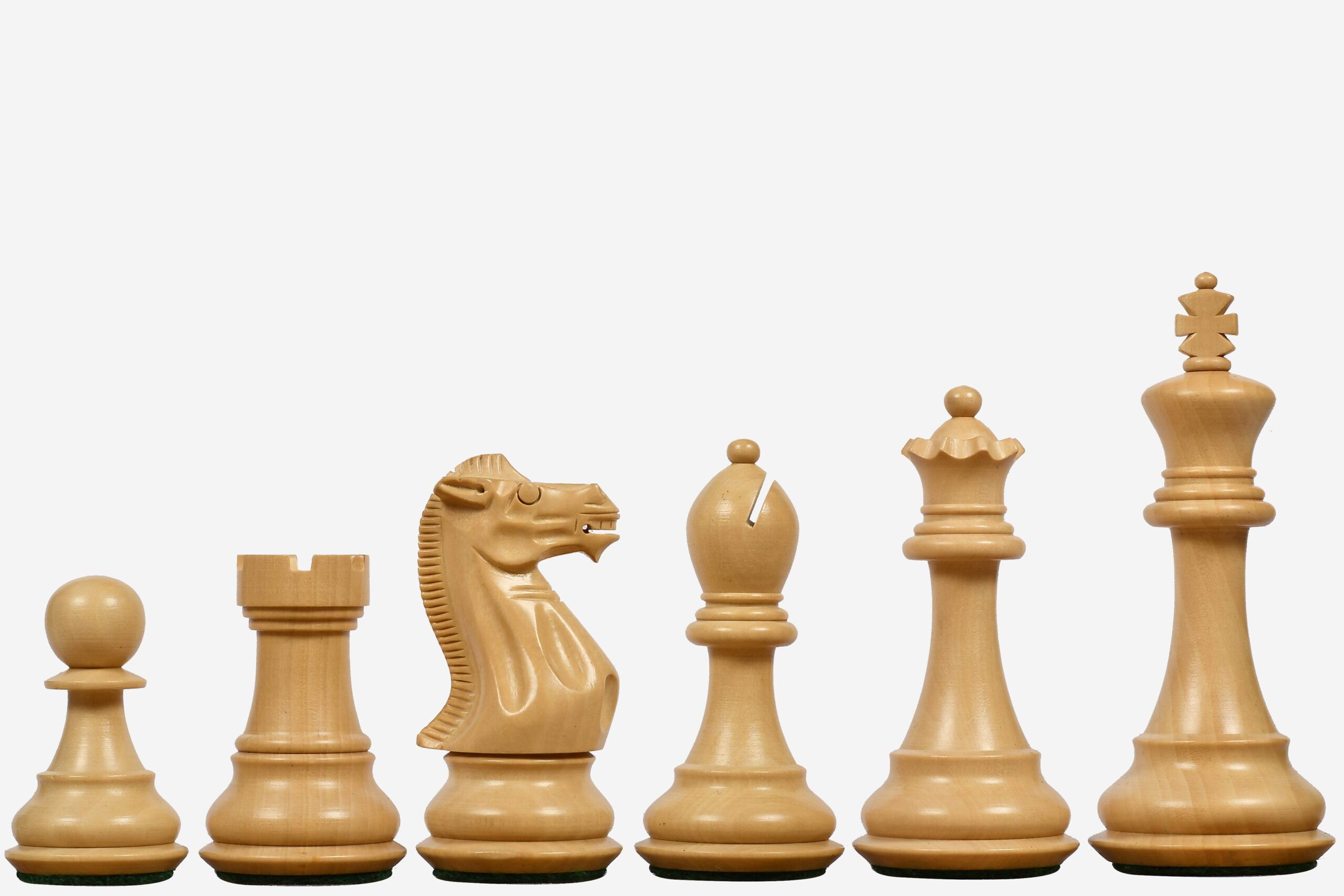
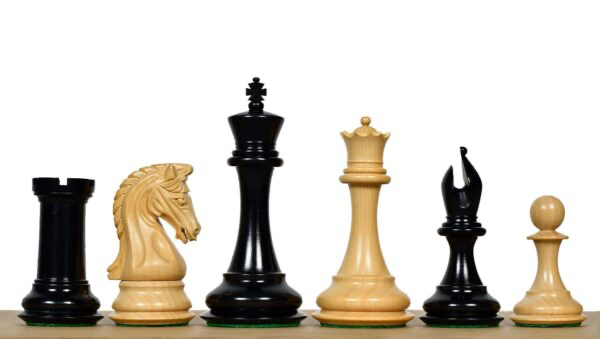
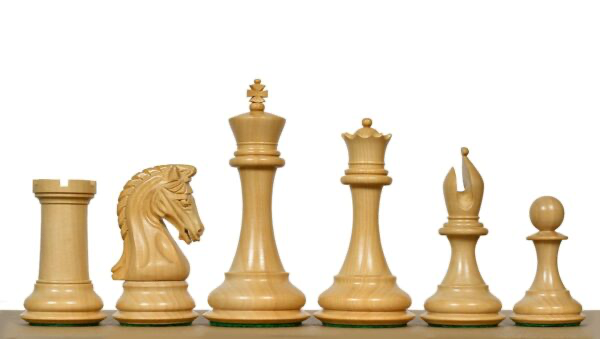
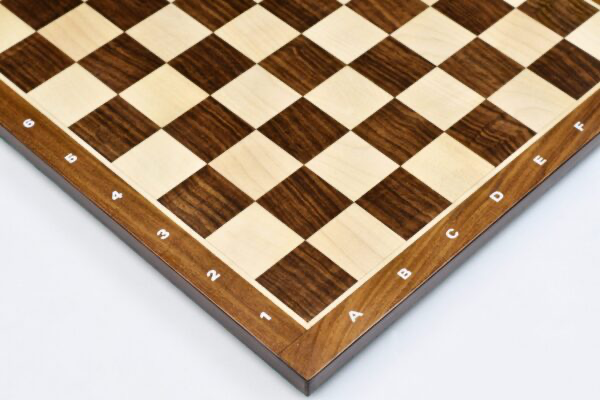
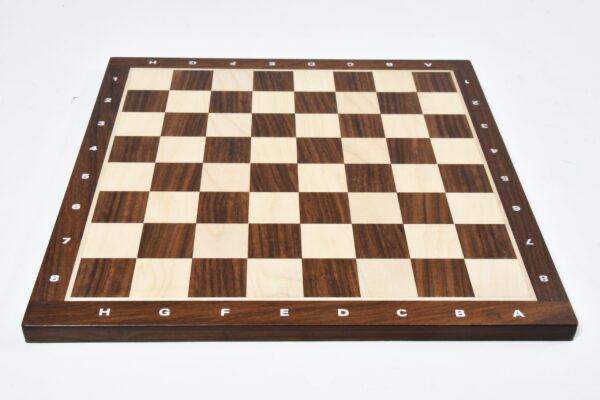
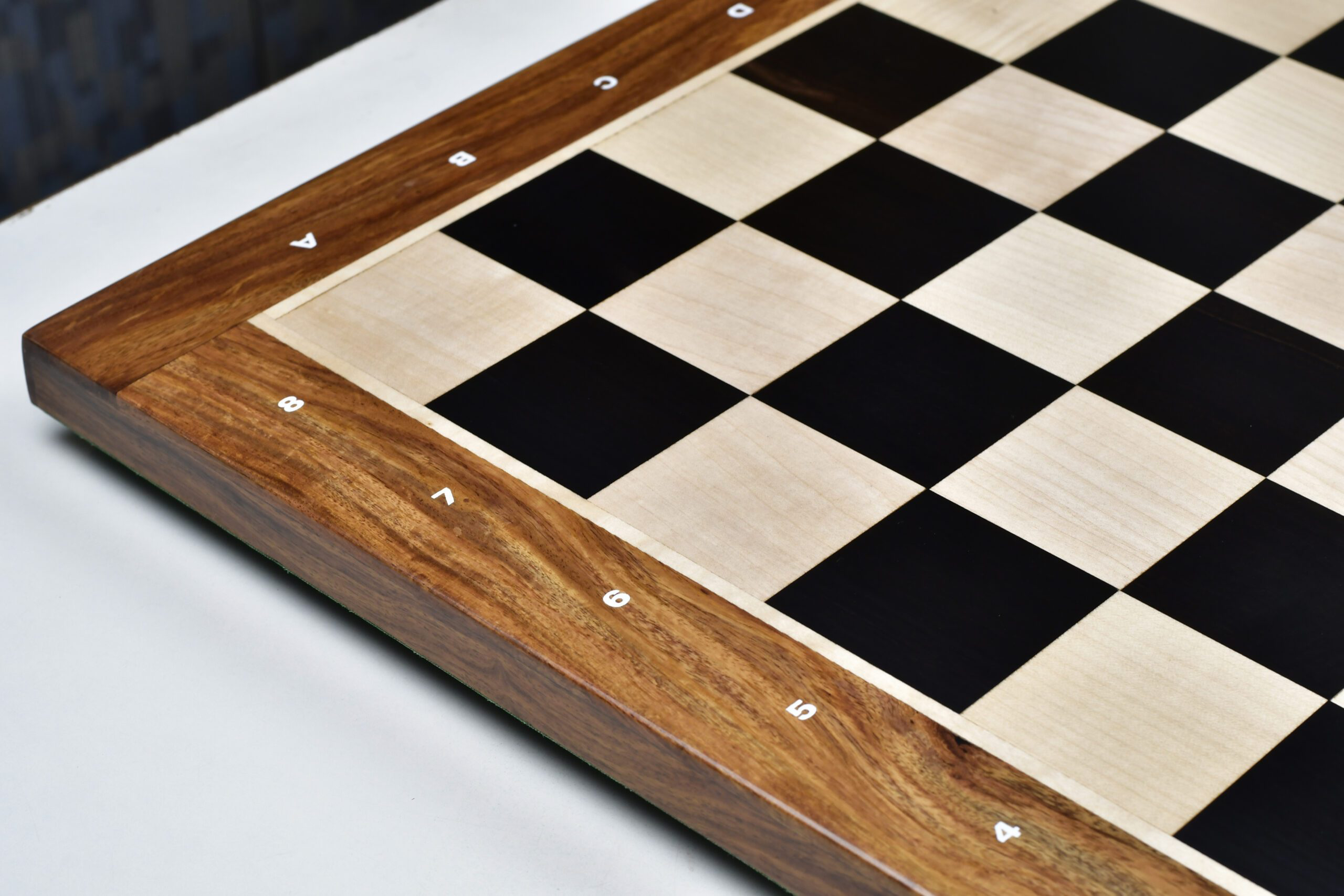
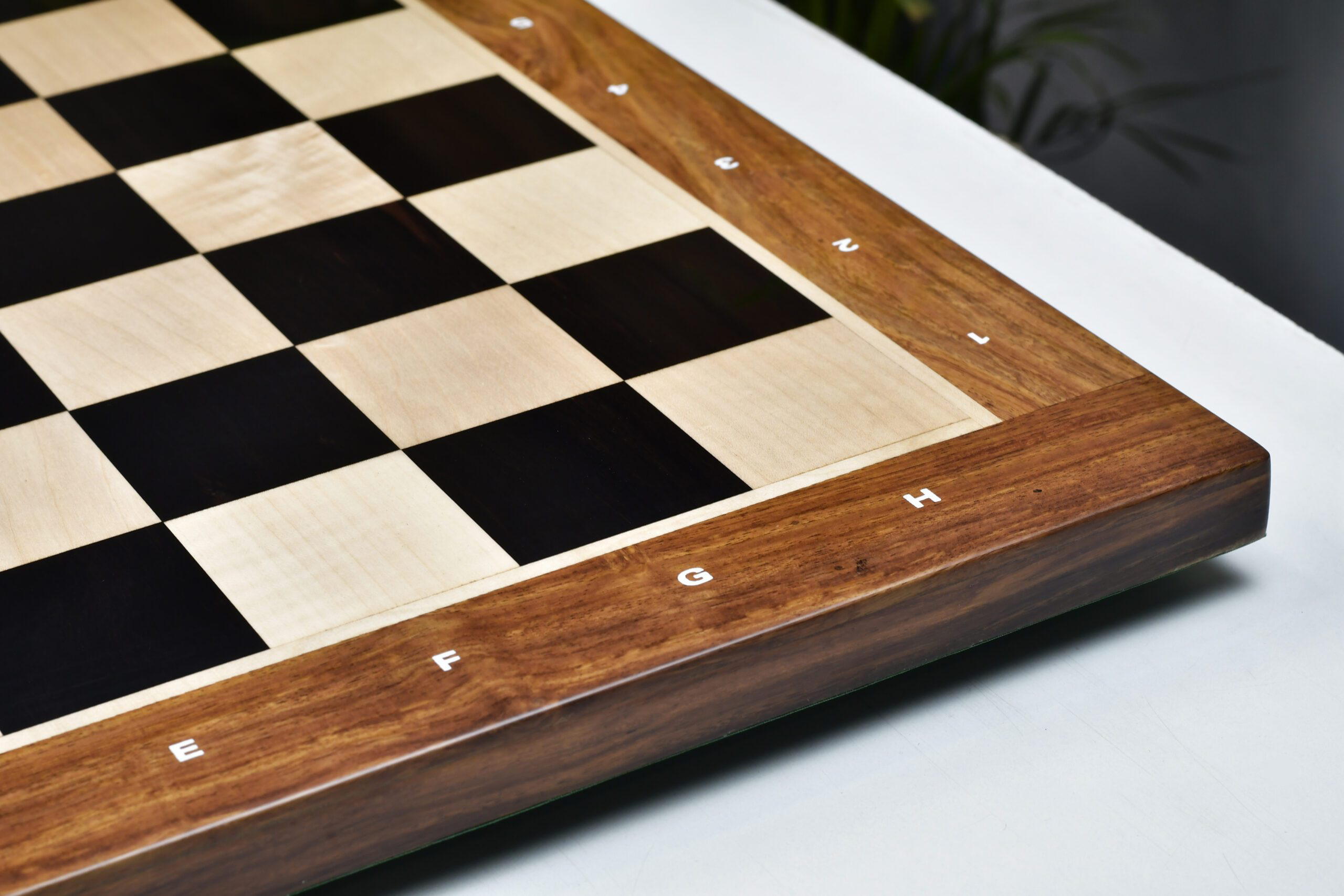


Leave a comment
All comments are moderated before being published.
This site is protected by hCaptcha and the hCaptcha Privacy Policy and Terms of Service apply.